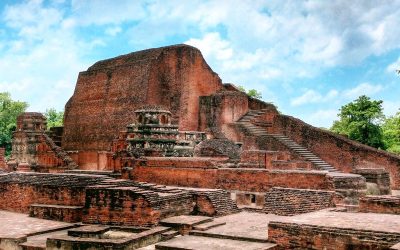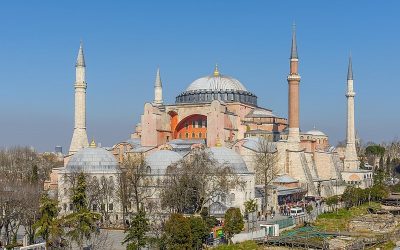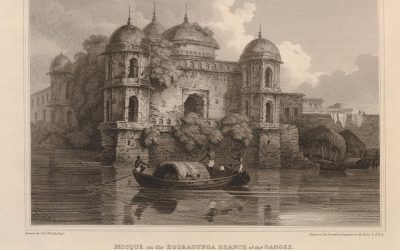Irfan Amin Patwary
Jahangirnagar University, Bangladesh
In the history of the world, the empires that lasted for ages did not become so huge in one day. Most of the time these empires originated in a state of utter insignificance. Gradually the rulers of the empire began to spread influence in the surrounding regions. In time, the empire matured into a gigantic size. But hardly anyone remembers the Leaders of the very beginnings of these vast empires. In today’s discussion, we will learn about some of the influential people from the beginning of the empire, who started a new trend in history.
1. Ottoman Empire – Osman I
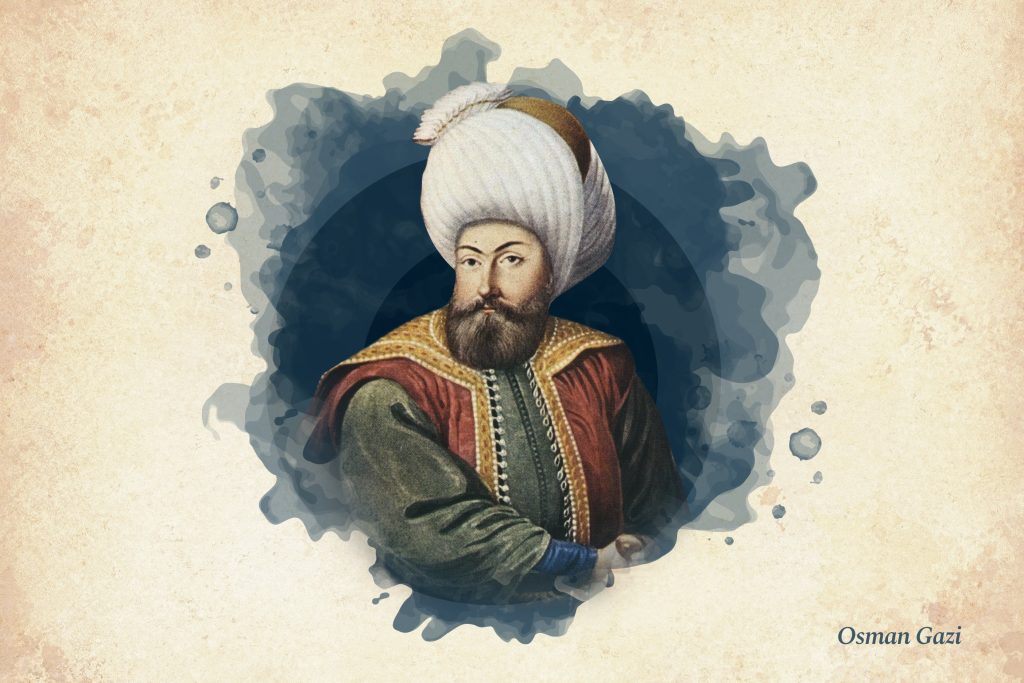
The Ottoman Empire was the world’s most influential Islamic empire, founded by (Osman I). Osman gained the favor of the Seljuks and took over Anatolia. In a very short time, Osman’s skill in running the state began to show. Meanwhile, the Seljuk Empire began to decay from within due to the internal rivalries of the Seljuks. At some point, Osman realized that the Seljuks could not sustain themselves. Therefore, even though he was loyal at the beginning, he declared to build an independent empire in 1299 when the empire reached its peak. This was the beginning of the Ottoman Empire, although at first, he continued to rule over only a small area.
In the next 150 years, the Ottoman Empire continued to expand and became global. After Sultan (Muhammad II) conquered Constantinople on 29 May 1453, the Ottomans became a regional superpower. During the reign of Sultan (Suleiman I) 1520-1566, the Ottomans included North Africa, Southeastern Europe, Western Asia, and the Middle East and Arab regions. The Ottoman Empire built by (Osman I) was once huge. During their nearly 600-year reign, the Ottoman Empire was the center of communication between the East and the West. After witnessing various ups and downs, the mighty Ottoman Empire fell in 1924 with the overthrow of the Caliph (Abdul Majid II).
2. Mongol Empire – Temujin

Genghis Khan, who created the most feared reign in the history of the world, had humble beginnings. The real name of this leader who founded the Mongol Empire was Temujin, later better known as Genghis Khan. But Temujin’s childhood was anything but normal. When Temujin was only 12 years old, his father was poisoned due to tribal enmity. After the death of the father, the widowed mother and the orphaned children were driven away from that village. Temujin started living in a riverside forest with his mother. Mother wandered here and there to collect food, while little Temujin hunted mice and other animals.
One day Temujin, who was 14 years old, killed his stepbrother with a stone. After a few days Taichiura community captured Temujin and began to make them work as slaves. Temujin was caught on the run again and again and once succeeded with the help of other slaves. He ran away and joined an obscure band across the river, where he married a beautiful girl named Borte. But when a man named (Merkids) kidnapped Temujin’s wife, he raised an army of his own to rescue Borte and succeeded. This is how the surface terror of Mongols emerged. From the 13th to the 14th centuries, the Mongols established their rule from Central Asia to Siberia, the Indian subcontinent, Indo-China, and westward to Arabia.
3. Afsharid Empire – Nadir Shah
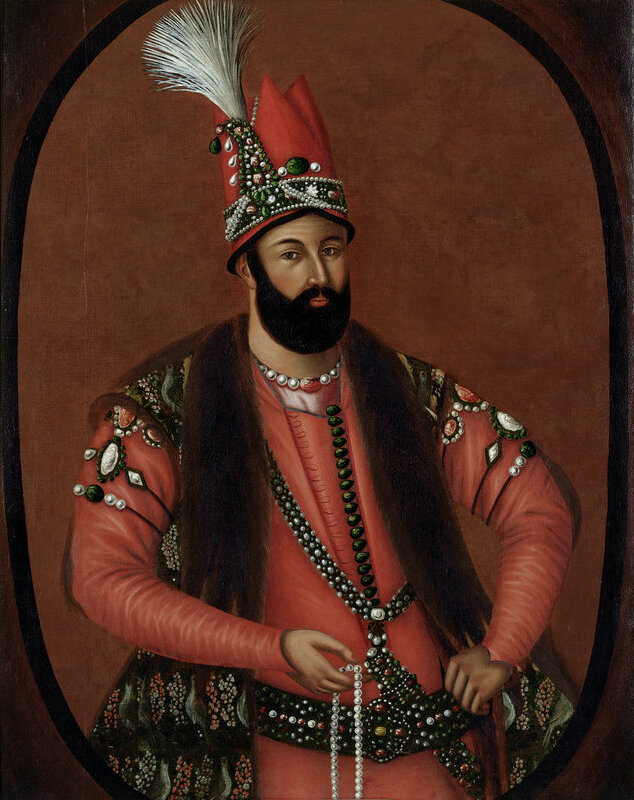
Nadir Shah was the last of the conquering heroes of Central Asia. He was born into a low-class family in an unknown place in Persia. Nadir Shah was very ambitious from his childhood and dreamed of ruling the kingdom one day. He was a slave in his early life and later joined a bandit. As a bandit, the warlord defeats a tribe in one such fight. This is how Nadir Shah came to the attention of Tahmasp, the prince there. Tahmasp appointed him as a general and in a short time Nadir Shah won several battles. This made Nadir Shah’s self-confidence strong. He killed Prince Tahmasp and seized power. As a result, a new empire was born from Georgia through North India.
Nadir Shah once led a war against the mighty Mughals defeated them and sat on the throne of Delhi. After gaining power in Delhi, the ambitious Nadir Shah fell in love with wealth. He took almost all the precious jewels collected by the Mughals. Nadir Shah lost his purpose and became lazy. He loses his mental balance and starts to get angry at short notice. He was so disoriented and angry that he plucked out the eyes of his eldest son. Although Nadir Shah later regretted it. In 1747 he was assassinated by his trusted officers. By killing him, the Afsarid empire fell. But it was Nadir Shah who once defeated the huge army of Mughals and captured Delhi.
4. Timurid Empire – Timur Long
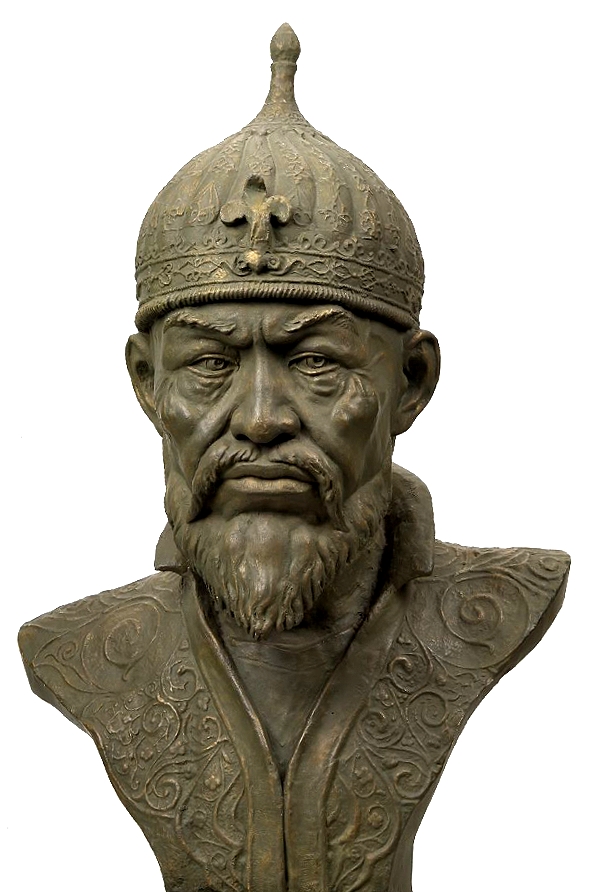
Timur Long, the hero of another bloody chapter in history, was a true warlord. Like Nadir Shah, he too was born into a family of infamy and chose robbery as a profession. Once, while stealing sheep, he encountered a group of shepherds and lost a leg in their attack. In search of fortune, Timur settled in the royal court of Mongol leader Chagatai Khan. He gradually became powerful from there. Once he defeated the Khans seized the throne and raised a huge army with horsemen. Timur Long conducted many campaigns with the help of this force. Thus he once reached from Damascus to Delhi and wreaked havoc wherever he could on the way. Timur Long was able to capture Baghdad and defeat the powerful Ottoman Sultan Bayezid, demoralizing the Ottomans. In the city where Taimur Long’s feet fell, silence fell overnight. His army used the skulls of the dead to build pyramids, and the survivors lived as slaves. In 1405, while conquering China, Timur Long died of cold on the way.
5. Persian Empire – Babak Khorramdin
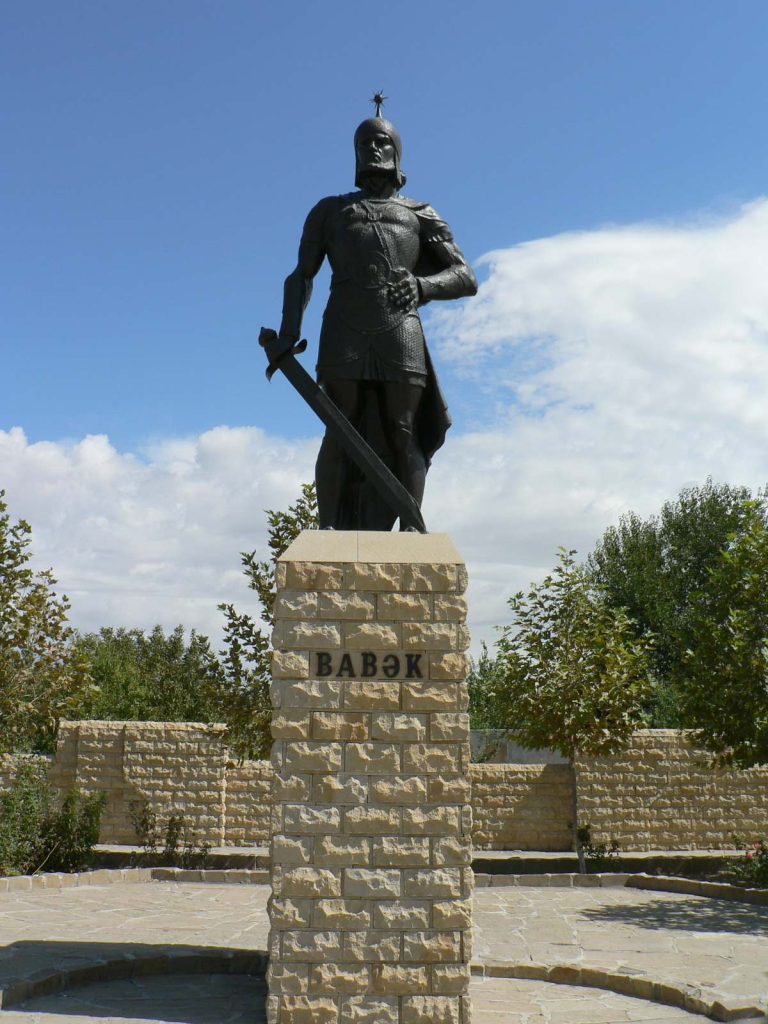
In the war against the Persians, the Arabs won over the Persians and brought Persia under their control. The Arabs ruled the Persians for about 150 years. During this long period, many Persians adopted Arab ideology and began to forget their own identity. But in the meantime, a hero appeared who was determined to liberate Persia from the Arabs. Babak Khoramdin is one such person who is recognized as a national hero of Persia.
However, his long journey began with sheer luck. A leader of the Khoramian rebel group stopped at Babak Khoramdin’s house one day. He wanted to take Babak with him to take care of the farm. But Babak was once attracted to the rebel group and was once elected leader of the Khoramians after the leader’s death. With new leadership, Babak attacked the Arabs and continued to defeat the Arab forces in a 16-year war. The Arabs never gained an advantage due to their strategic position in the war. Finally, Babak was defeated by the Arabs after being betrayed by a native Arab general. The defeated Babak Khoramdin was amputated and executed in 838 AD. Although he lost the battle, the Persians once gained the strength to stand tall.
Sources
- https://www.britannica.com/place/Mongol-empire
- https://www.britannica.com/place/Ottoman-Empire
- https://www.history.com/topics/middle-east/ottoman-empire
- https://www.worldhistory.org/Mongol_Empire/
- https://www.iranicaonline.org/articles/afsharids-dynasty
- https://www.newworldencyclopedia.org/entry/Timurid_Dynasty
- https://www.britannica.com/topic/Abbasid-caliphate


